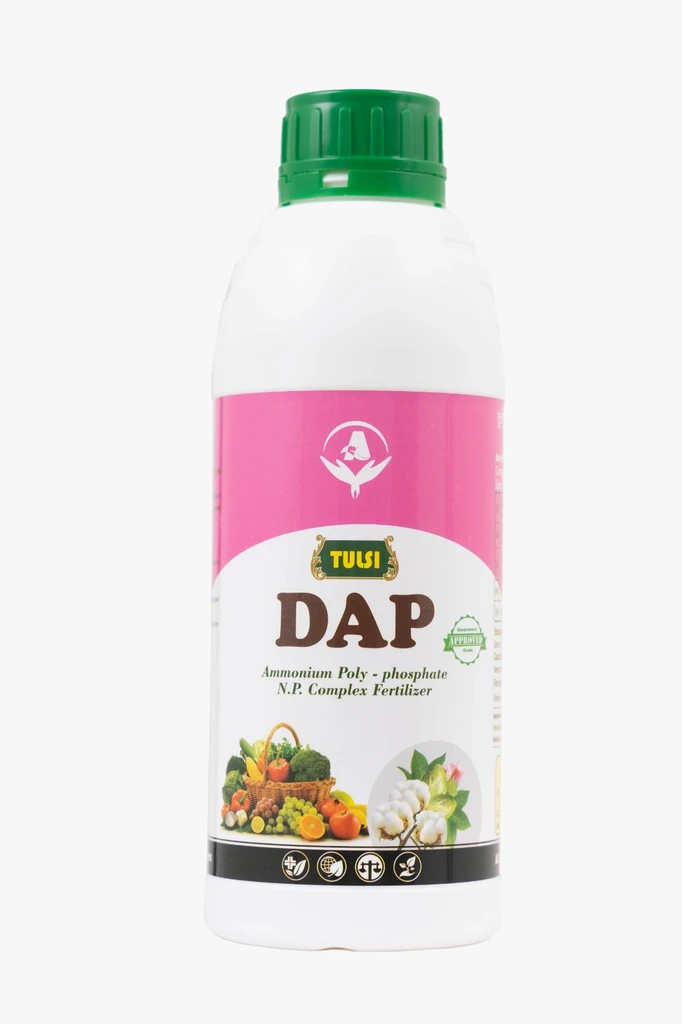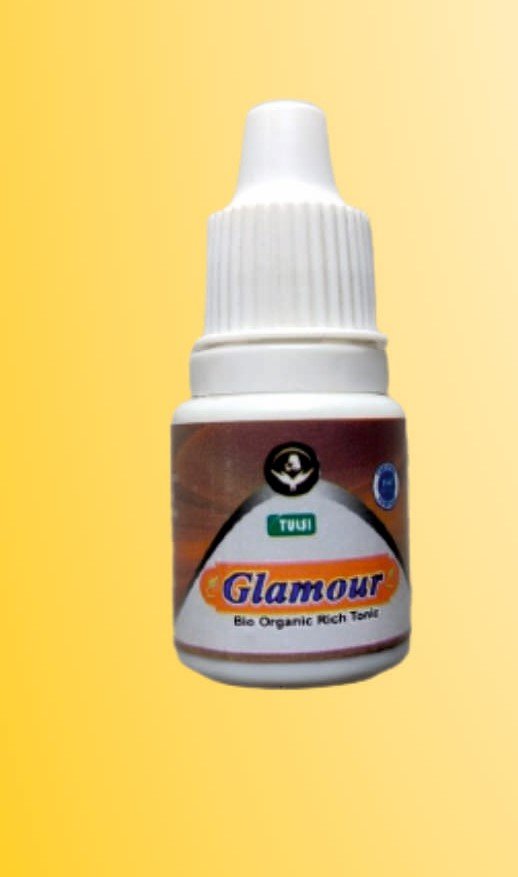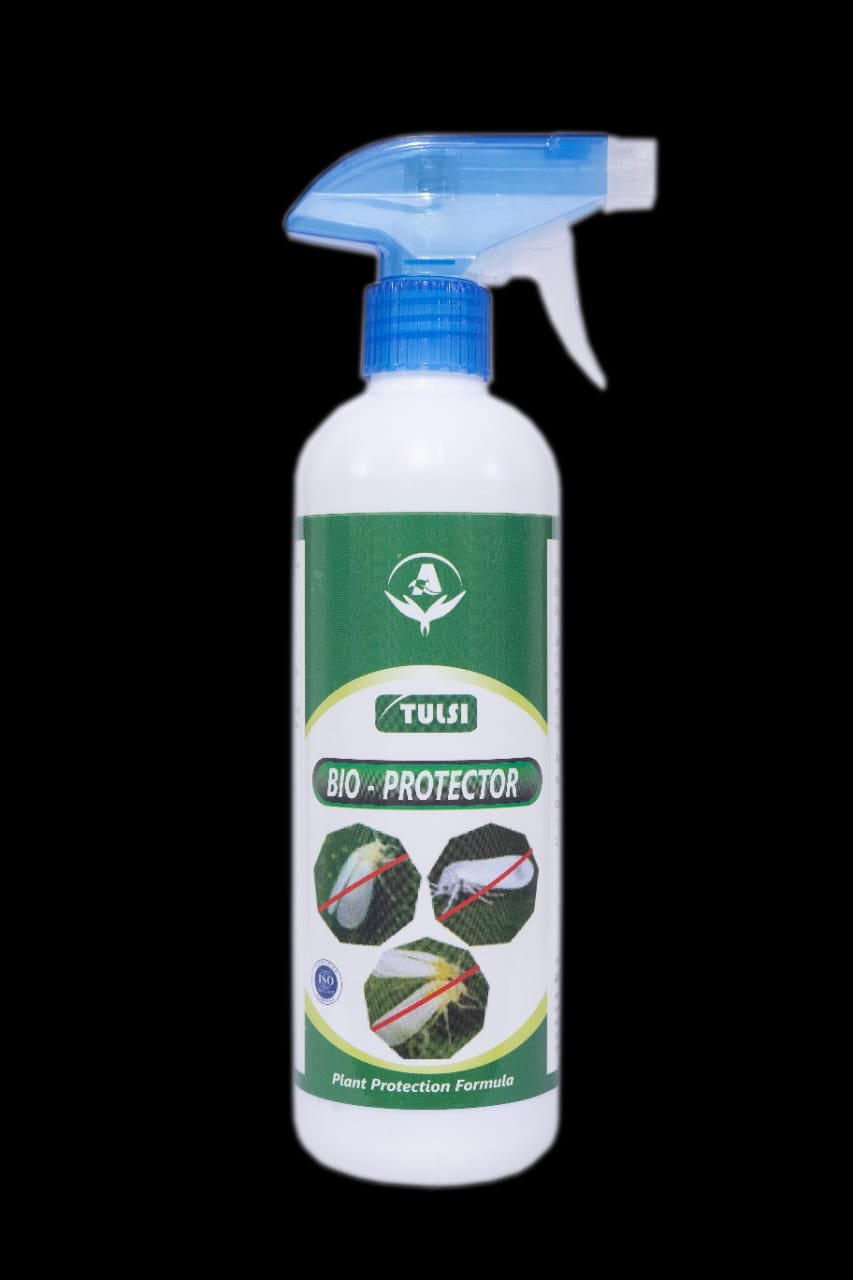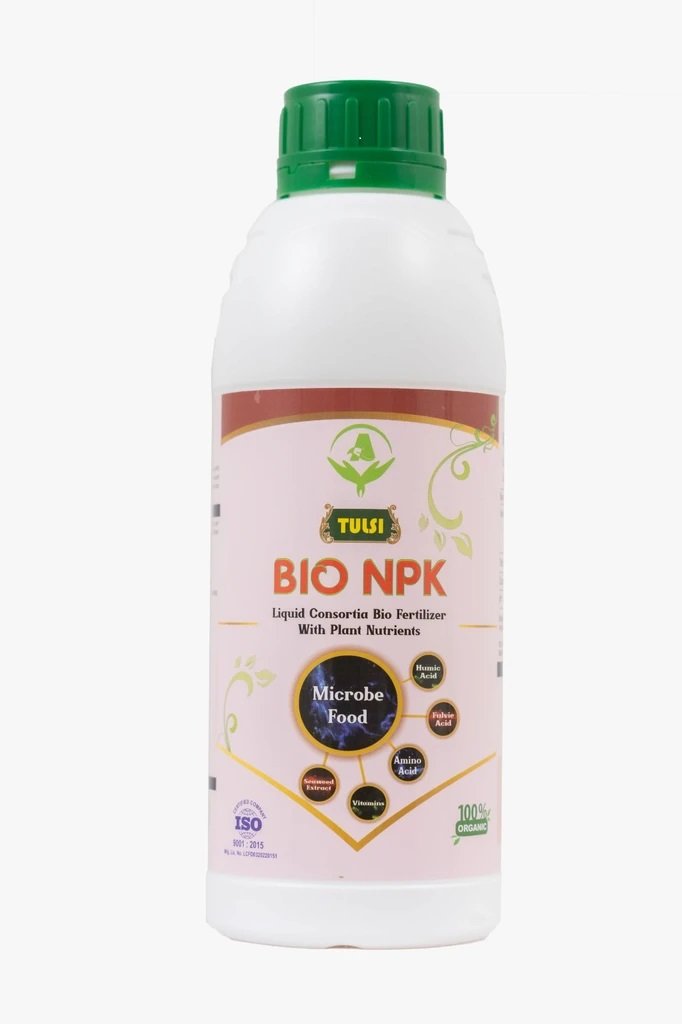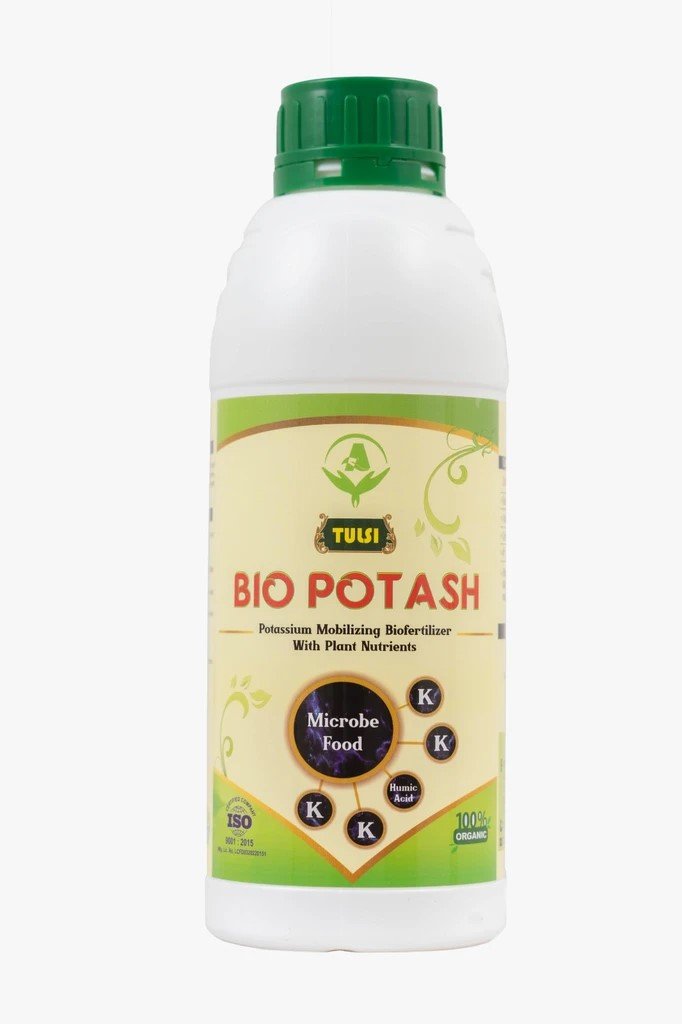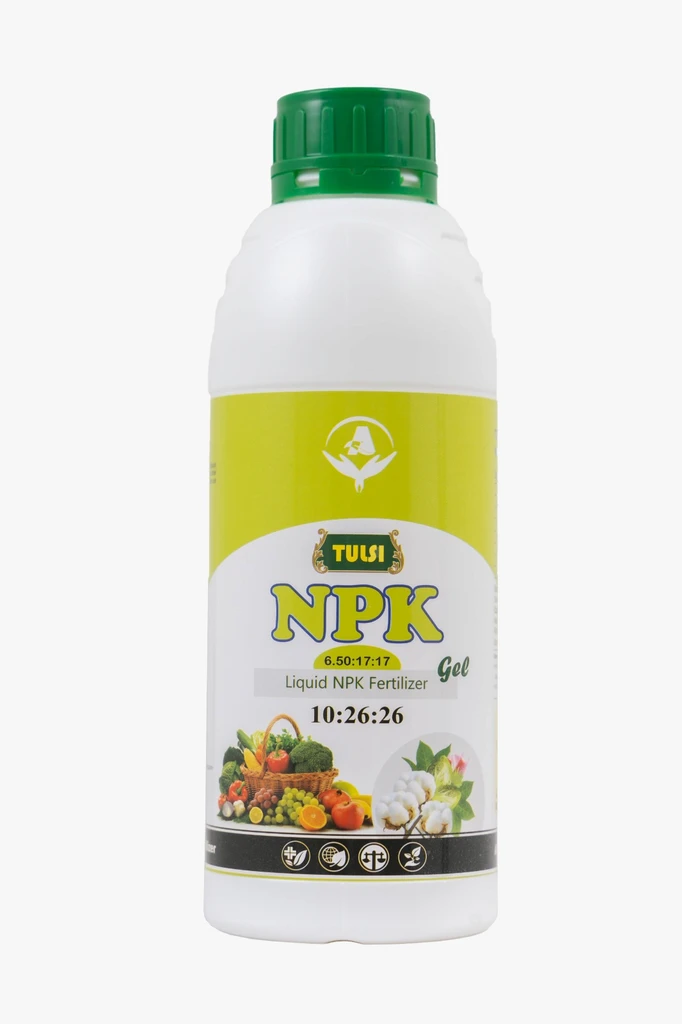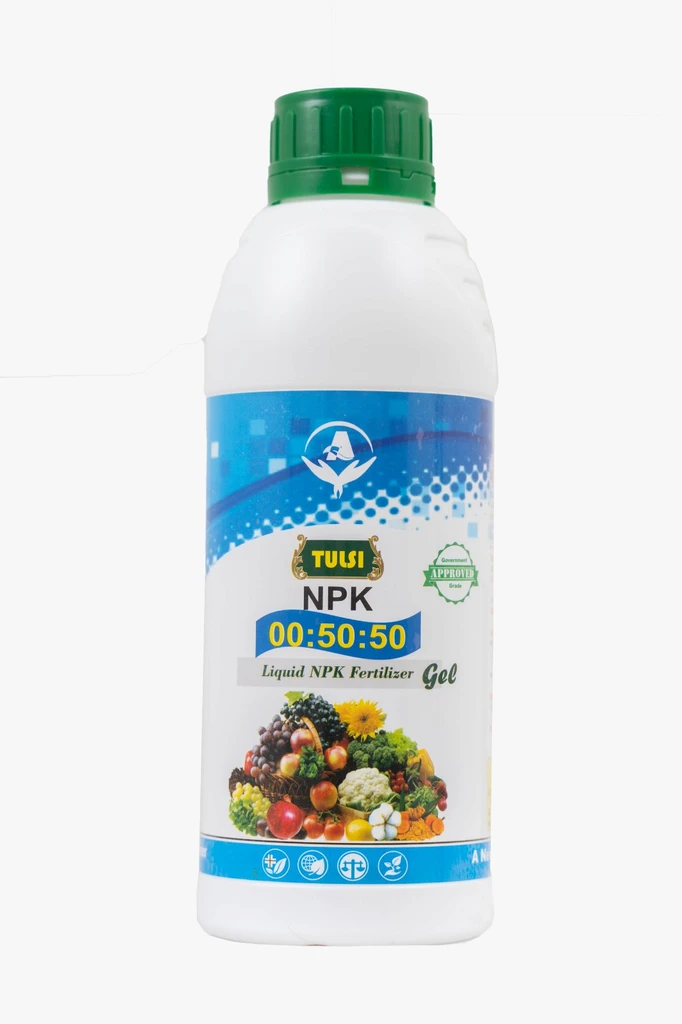-
Shop By Category
-
 Seeds
Seeds
-
 Pesticides
Pesticides
-
 Drone Services
Drone Services
-
 Fertilizers
Fertilizers
-
 Agricultural Machineries
Agricultural Machineries
-
 Animal Feed
Animal Feed
-
 Food Products
Food Products
-
 Gardening
Gardening
-
 NOGA
NOGA
-
 Combo Packs
Combo Packs
-
 Millets
Millets
- View more
-
-
Shop by Department
-
 Seeds
Seeds
-
 Pesticides
Pesticides
-
 Drone Services
Drone Services
-
 Fertilizers
Fertilizers
-
 Agricultural Machineries
Agricultural Machineries
-
 Animal Feed
Animal Feed
-
 Food Products
Food Products
-
 Gardening
Gardening
-
 NOGA
NOGA
-
 Combo Packs
Combo Packs
-
 Millets
Millets
-






